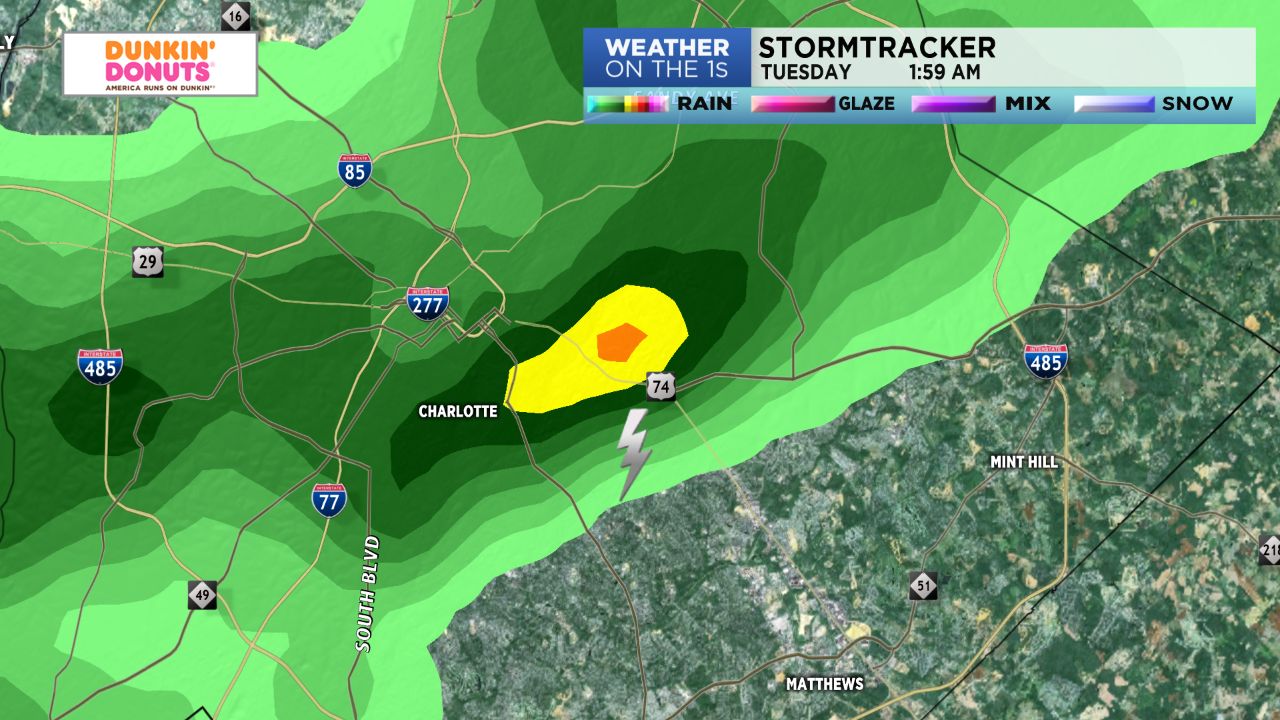The big boom heard around 2 a.m. Tuesday morning was associated with a small storm cell and a bolt of lightning. While small, the storm packed a punch in a localized area with rain and sleet.
So why such a big BOOM? It had to do with a temperature inversion across the region. Inversion? Yup, the temperature of the air at the surface was colder than the air above it (usually the atmosphere gets colder with height). In short, a bit of a lid was on top of the area.
When the electrical discharge, or lightning, super-heated the air and the thunder roared, the resulting sound wave wasn't able to disperse up and out. Instead, the sound wave was bouncing off the lid aloft and ground.
The sound of thunder was dispersing out and not up and out. With the lack of any good upward dispersion by the sound wave, the BOOM rattled some homes and folks from bed! Cold air is pretty dense as compared to warmer air, and that helped amplify the sound.
Good news, sleeping will ensue Tuesday night as a quiet weather pattern arrives.
Get the latest news, sports and weather delivered straight to your inbox. Click here to sign up for email and text alerts.



